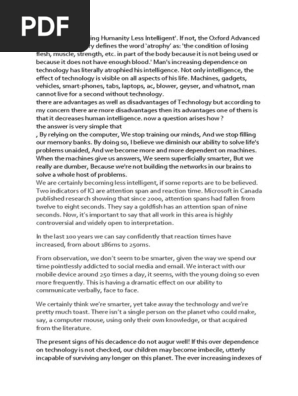0% found this document useful (0 votes)
651 views6 pagesDatabase Management System Class 11 Notes
MS Access is a database management system by Microsoft that allows users to create and manage databases. It combines the Jet Database Engine with a graphical user interface and development tools. MS Access can be used to create customizable database applications using built-in functions. Some key uses of MS Access include managing accounting and financial systems. MS Access has seven main components: tables, relationships, queries, forms, reports, macros, and modules.
Uploaded by
fyhhty926Copyright
© © All Rights Reserved
We take content rights seriously. If you suspect this is your content, claim it here.
Available Formats
Download as PDF, TXT or read online on Scribd
0% found this document useful (0 votes)
651 views6 pagesDatabase Management System Class 11 Notes
MS Access is a database management system by Microsoft that allows users to create and manage databases. It combines the Jet Database Engine with a graphical user interface and development tools. MS Access can be used to create customizable database applications using built-in functions. Some key uses of MS Access include managing accounting and financial systems. MS Access has seven main components: tables, relationships, queries, forms, reports, macros, and modules.
Uploaded by
fyhhty926Copyright
© © All Rights Reserved
We take content rights seriously. If you suspect this is your content, claim it here.
Available Formats
Download as PDF, TXT or read online on Scribd
/ 6

























































































